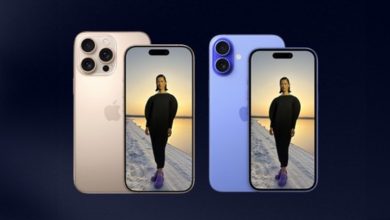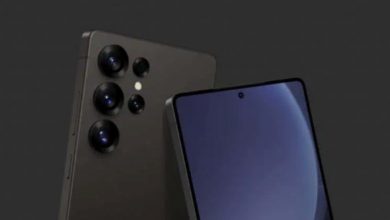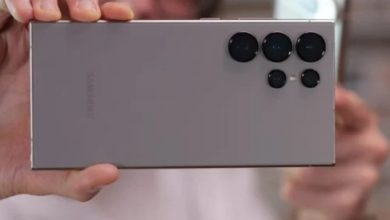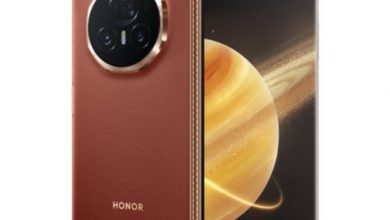Google hasn’t launched its AirTag yet… is it Apple’s fault?
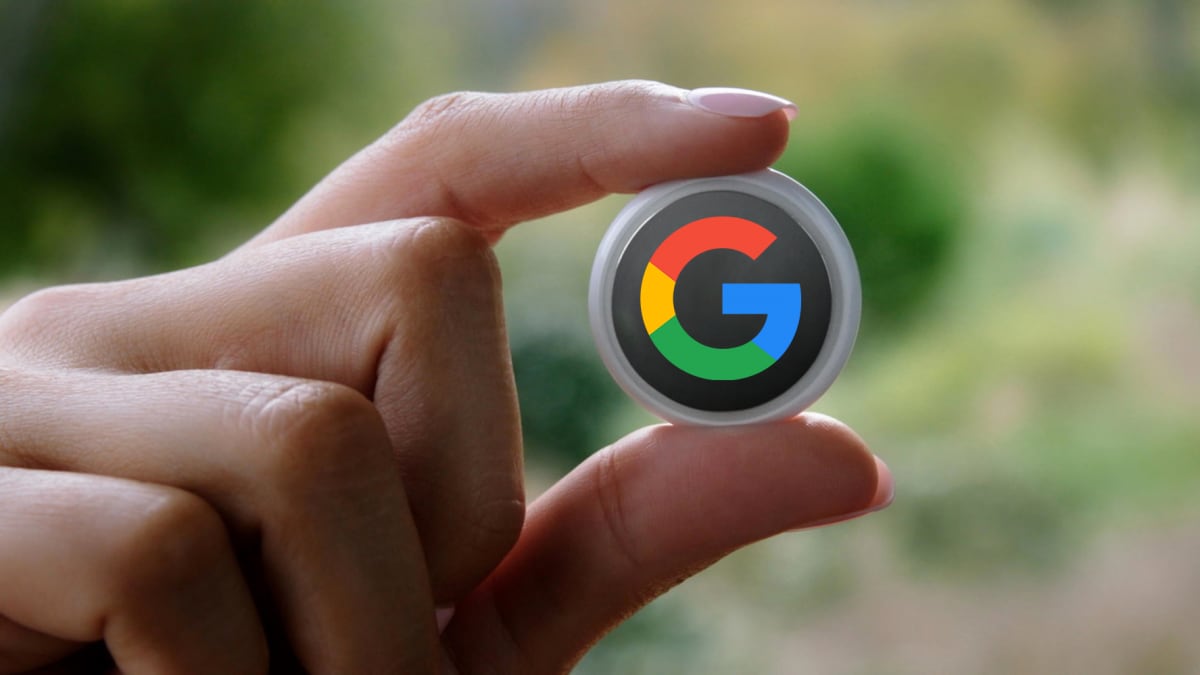
The little AirTag was one of the most popular Apple devices of recent years: in a very short time, the Apple tracker has managed to establish itself as one of the most loved and used Bluetooth trackers on the market, thanks also to the network Find My (Where) which allows you to locate lost AirTags, mapping its position anonymously and securely every time an iPhone passes near it. Add to that the fact that Apple licenses the technology and that there are already several cheap alternatives to AirTag and you’ll understand how well the idea worked.
On the other hand, it cannot be said that Bluetooth Trackers are an original idea from Apple: the historical name of the sector is in fact Tile, which already a few years ago had created a localization technology based on a network of devices that use the products of the ecosystem.
However, when Apple launched AirTag there was no comparison in terms of product functionality, especially in terms of locating lost objects, because there is no comparison in terms of the number of usable devices: it is one thing to rely only on smartphones that have the Tile app installed and in the background, it is another to rely on the totality of iPhones around.
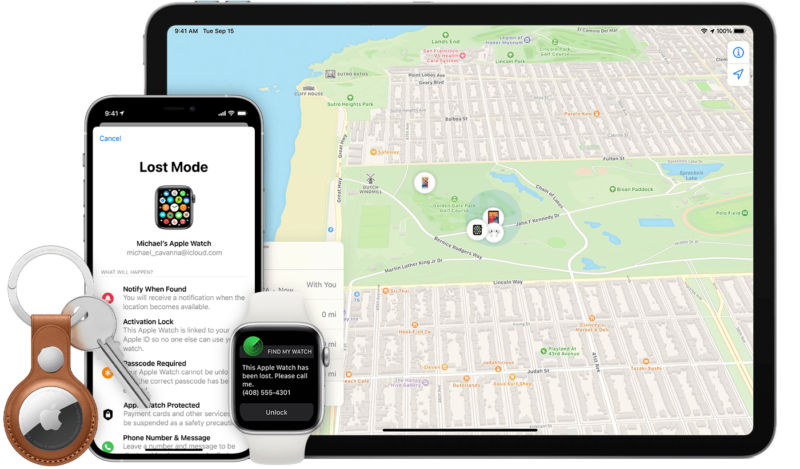
But do you know who even beats Apple in terms of number of devices available around? Google, of course. Android is indeed the most popular operating system in the world and the number of smartphones that use Google services and would allow you to locate a lost Bluetooth tracker is even greater than that of Apple.
But then where is Google’s “AirTag”.? To be honest, the company has been working on it for some time and at the latest Google I/O also announced that the app Find My Device Android will support Bluetooth trackers, with operation similar to that of the network Where from Apple: in the case of a tracker reported as lost by its owner, all it takes is for a person with an Android smartphone to pass by it (and “detect” it nearby) to report the location on the cloud, in a totally anonymous and secure manner.
During the May presentation, Google did not reveal its own Bluetooth tracker, but announced that the network Find My Device it will support trackers from companies already known in the sector, such as Tile and Chipolo.
However, it is quite well known that the company is actually working on its own “AirTag”, which will work similarly to its Apple counterpart. It is so certain that we know the code name of the product (Grogu, homage to the character of the same name from The Mandalorian), what should be the definitive name (Nest Locator Tag or Nest Tags, recycling the name of an old Nest security product) and even an identifying icon, which appeared and then removed among Google’s Material Symbols.
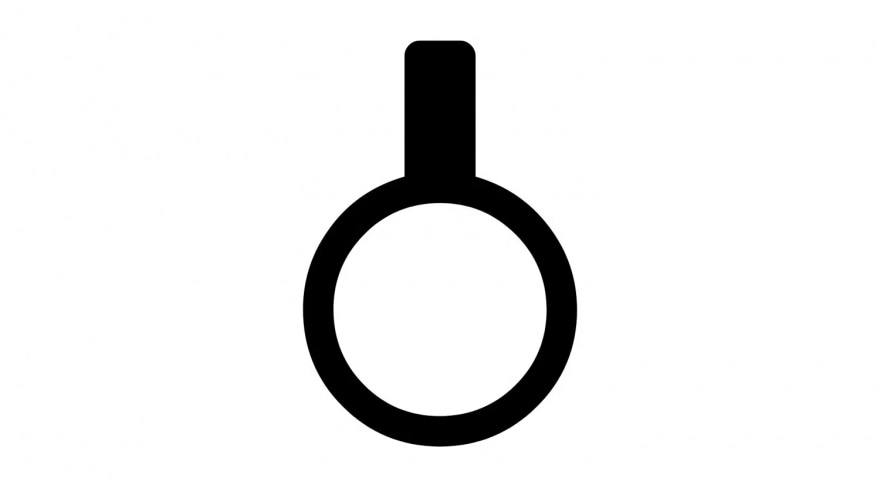
The Nest Locator Tag icon is virtually identical to the one Nest Tags, an older security product from Nest that is no longer in production. She appeared (and then disappeared) from Material Symbols under the name of Nest Locator Tag.
We’ve known all this information for months and many were ready to bet that the tracker would be presented in October, during the Pixel 8 and Pixel 8 Pro launch event.
Instead, not only were there no Nest Locator Tags at the presentation, there were any warning signs which have alerted fans and led them to think that Google might back away from the launch of its anti-AirTags: both the Pixel 8 and the Pixel Watch 2 do not include the Ultra Wide Band (UWB) chip, which was instead present on the Pixel 7 and the first Pixel Watch.
The UWB chip (which remains on Pixel 8 Pro) is what is needed for ultra-wideband transmissions: it is a useful technology for a large number of uses (for example opening car doors with a smartphone), but which is also used for the precise localization of trackers Bluetooth in a confined environment. If you’ve ever seen how an AirTag works, you’ll know that – within a narrow range – you can find Apple trackers by following a large arrow on the iPhone that tells you where they are. This is possible thanks to Ultra WideBand.
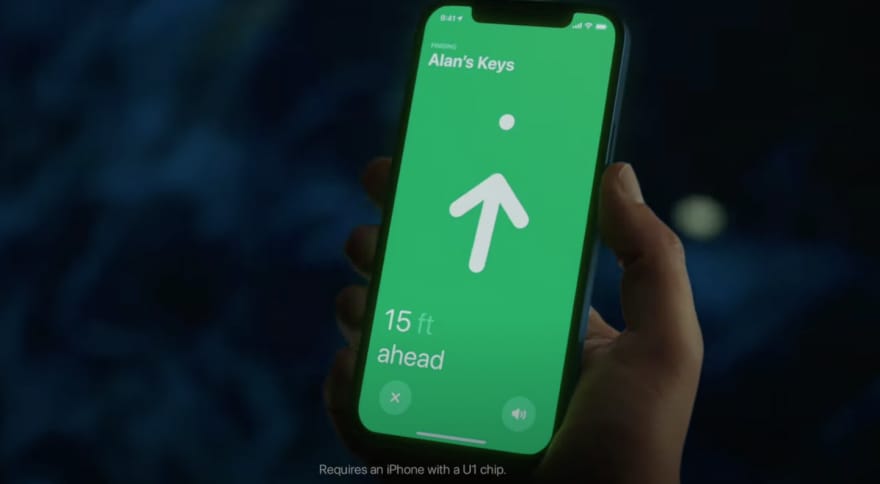
But despite Google killing UWB from two of its flagship devices (and despite Google being famous for killing products and services that users loved – RIP Google Reader), there is no need to despair. At the moment there is no news of a possible Google withdrawal from the project and, on the contrary, it seems that Apple may be to blame.
In fact, with a post in July, Google explained that the new Find My Device network (announced in May) had not yet been released because it was not yet ready iOS update which would alert users to unwanted trackers nearby.
Indeed, Apple and Google have joined forces in terms of securityannouncing a shared system to prevent Bluetooth Trackers from being used as stalking tool. This had been a big security issue in the first months after the launch of AirTag: Apple had then added a security feature on the iPhone that sends an alert if there is an unidentified AirTag following the user and, thanks to the partnership between the two companies, the same then also happened on Android.
Now, however, the counterpart on iOS is missing: Apple’s operating system will also have to notify users if an unidentified competitor tag is following them, and it seems that the update is not yet ready.
In July, Google said that Apple will release this update before the end of the year.
We are therefore at the end: if Apple respects the expected times, within a few months at most Google will launch the new Find My Device network which will support Bluetooth trackers and, perhaps, we will finally also see the Nest Locator Tag (or whatever it will be called the “Google anti-AirTag”).
